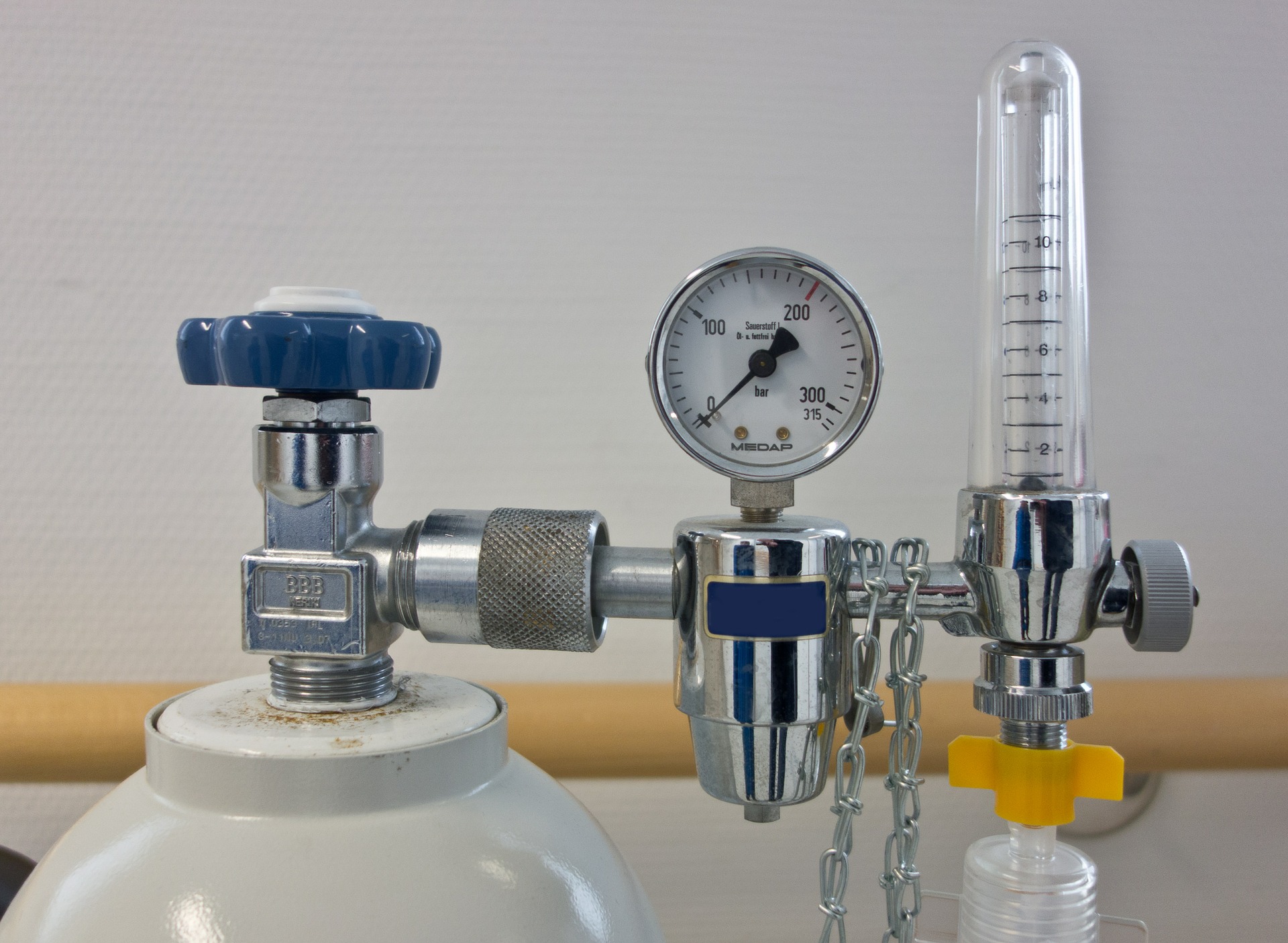
It is still a mystery to physicians why COVID-19 patients often suffer from severe to life-threatening oxygen deficiency – with arterial oxygen levels even below 50 mmHg – but do not notice this deficiency. They do not experience shortness of breath, nor do they exhibit significantly accelerated breathing. As a result, pneumonia is also often detected too late, which can then lead to a rapid deterioration of their condition and even death. Researchers at the University of Seville, Spain, have now found a possible trigger for this phenomenon.
Defective alarm in the event of infection
Until now, physicians have always assumed that infection of the lungs and respiratory center by the SARS-CoV-2 virus triggers a severe course of COVID-19. The latest tissue examinations during autopsies have now revealed another reason: the virus apparently infects the sensors that measure the oxygen content in the blood and sound the alarm in the event of a deficiency. Humans breathe faster to compensate for the lack of oxygen.
These sensors are located in the carotid artery, among other places, and in some people are equipped with numerous ACE2 receptors. These are precisely the receptors to which SARS-CoV-2 docks and thus penetrates the cells. If these sensors are incapacitated, the alarm does not sound and the person does not notice the deficiency. But if this “silent hypoxemia” leads to a sudden, critical imbalance, the result can be fatal.
“Therefore, inhibition of the responsiveness of the carotid artery to hypoxia could be a plausible explanation for the impaired respiratory drive and reduced dyspnea that characterizes the ‘silent hypoxemia’ observed in COVID-19 patients,” Javier Villadiego and his colleagues from the University of Seville wrote in their paper published in the scientific journal Function.
For the alarm system to work, several systems in the body must cooperate. These include the renin-angiotensin system and its main components, which include angiotensin-converting enzyme 2 (ACE2).
Investigations during autopsies
During autopsies, the scientists used special staining of tissue samples to examine the extent to which ACE2 receptors were present on glomus caroticum cells. “As expected, ACE2 staining appeared in blood vessels,” the physicians explain. “However, strong ACE2 staining was also clearly seen in the glomeruli of carotid sensory cells […] suggesting that it was produced by glomus cells.” In addition, they also examined samples from 18 healthy individuals, in which they also detected mRNA of the ACE2 receptor in the sensor cells. This, they said, also indicated production of the enzyme.
Based on their findings, Villadiego and his colleagues believe that even at an early stage of infection, the virus affects the mitochondrial function of these cells to the point that they no longer function properly. “The expression of ACE2 in glomeruli suggests that O2-sensitive glomus cells may be potential targets for a SARS-CoV-2 infection.”
But why do these problems occur in some affected individuals and not in others? The researchers found a possible explanation for that, too. “Our data show high individual variability in ACE2 expression in human CB tissue. This could explain why ‘silent hypoxemia’ seems to occur randomly in COVID-19 patients.”
Further investigation needed
Until these hypotheses are proven as facts, further studies must be conducted both on COVID-19 patients and on laboratory mice, the scientists emphasize. “If our hypothesis is confirmed, it would justify the use of CB activators as respiratory stimulants in COVID-19 patients,” they conclude. “These drugs act downstream of the mitochondrial O2 sensor by directly blocking K+ channels in glomus cells.”

